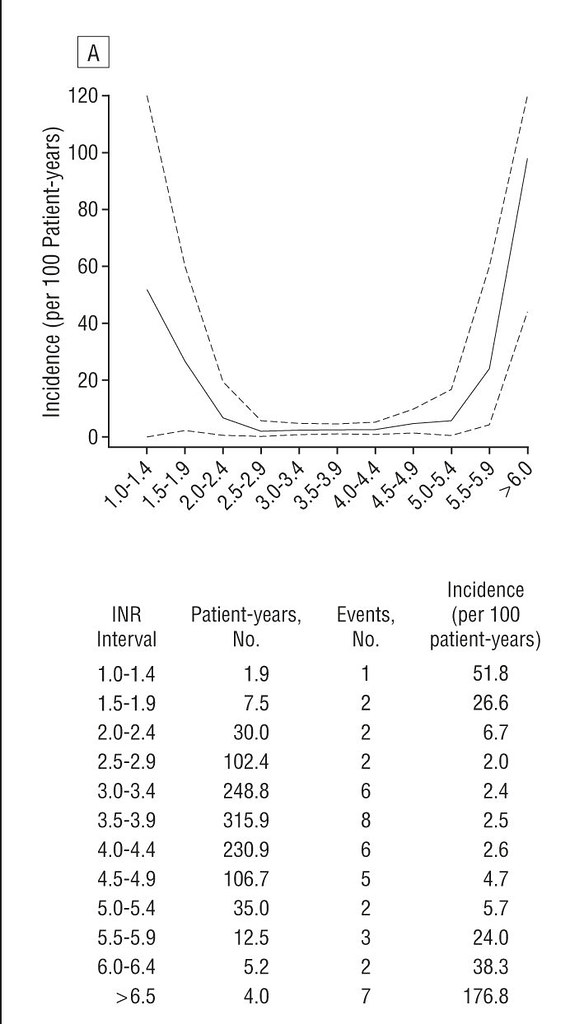Hi Tom
tom in MO;n860049 said:
Per your two questions:
Do you alter your dose to maintain that range or is it just what you get? Perhaps you are simply lucky? My dose is altered if it goes far out of range or stays slightly out of range for a week or two. My clinic does not make dose adjustments for small excursions out of range unless it stays that way for at least a week.
(not being sure exactly where your answer started and my question ended, I've underlined my qn ... I hope I got it right)
that sounds good, in your previous posts I thought you had indicated your INR was always (iirc) 2.8 ... which implied it never went out of range. I thought you were fortunate and you have mentioned in other posts never being out of range and always being stable. Sounded a bit "unreal" to me, but you have now corrected my misapprehension.
What do you propose should be done differently to achieve your results?
considering your results are almost identical to mine, and your clinic is doing an admirable job I propose there is not any need for you to change anything.
I write my posts to assist people who are home testing and self dosing, and to provide a view over the fence to anyone who may be curious. I understand you have a fantastic clinic and are being cared for very well, however I have observed that is not the case for everyone. Indeed there is even a forum for just such here:
http://www.valvereplacement.org/foru...rageous-advice
Indeed there are people in the world who do not have access to clinics, I hope to help them, as the internet is a World Wide Web. So my posts in general are not aimed at you.
There is not a per-use fee for warfarin management.
Interestingly its similar here. I had to pay a once off fee of $250 to be managed indefinitely by QML (although N&S has a similar arrangement). I chose to walk away from that because I was sure I could do better (and I have) and I was uncomfortable with being late to work when they wanted me to do a test because I was "out of range" and they only found out about that 3 or 4 days after the test. Lastly I did not like getting a vein draw every (on average) 1.5 weeks in the only elbow which can provide blood. My other elbow is not a good source of a vein after a "catheter" exploration of my heart in the late 70's (which would now be called an angiogram)
Lastly (because it is of least significance) I was simply stating facts (supported by evidence) that the USA has a looming budget and perhaps health care crisis. I mention this to alert people (who may not have thought of the future implications) to the fact that maybe this isn't a fringe skill (INR testing) but may become a necessity even in the USA. I'm not sure how that qualifies for "insulting" in this case (but I take your point and don't deny I have done that in the past).
Considering those of us with currently with mechanical valves may need to think long term (especially those of us younger) I think it was actually a salient point.
If you have anything negative to say about Australian politics then by all means, perhaps we could do like so many do here in Australia - have a whinge about the Government over a beer. Criticising our system is considered healthy debate by many here.
Best Wishes
























